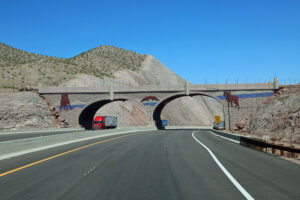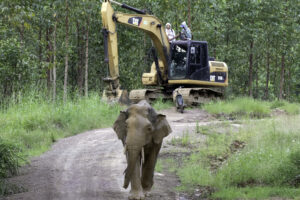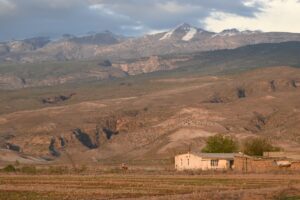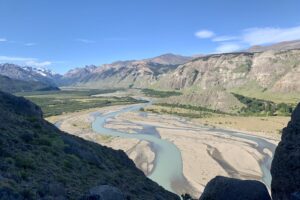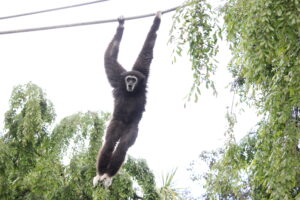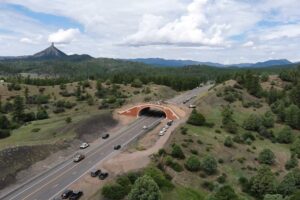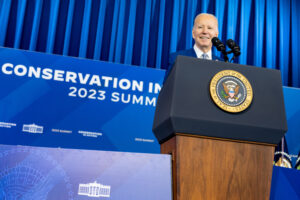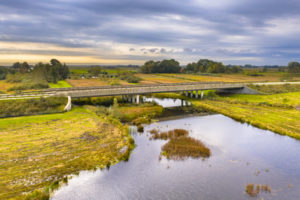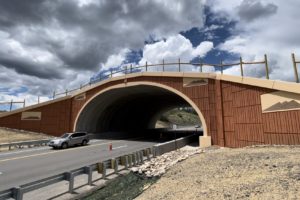New Study Identifies Important Highway Locations for Wildlife Crossings in 11 Western U.S. States
As our nation’s highways get bigger and busier, wildlife habitat and populations become more fragmented, and wild animals find it increasingly difficult to safely cross roads. The wildlife-vehicle collisions that kill more than one million large mammals each year in the U.S. also cause hundreds of human fatalities and tens of thousands of injuries. To help address this dangerous problem to both wildlife and people, the nonprofit Center for Large Landscape Conservation, Montana State University’s Western Transportation Institute, and Dr. David Theobald with Conservation Planning Technologies have published the results of the West-Wide Study to Identify Important Highway Locations for Wildlife Crossings.
